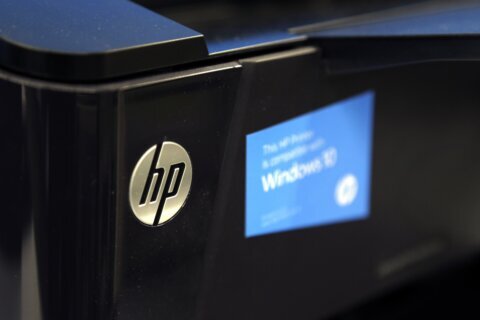Q: I’m relatively new to Windows and want to understand when and where I should use the Task Manager utility.
A: The Windows Task Manager is a useful troubleshooting tool that begins by showing you what’s currently running and how it may be impacting your computer’s performance.
It’s also a great tool for seeing if something has stopped responding and forcing it to shutdown.
You can open the Task Manager by right-clicking on the Start icon and selecting it from the menu or pressing Ctrl+Shift+Esc on your keyboard.
There’s so much this tool can do, so I’ll focus on some of the basics.
Getting Started
The default screen is the ‘Processes’ page, which will show you what’s currently running separated vertically by ‘Apps,’ ‘Background processes’ and ‘Windows processes.’
Each listed item will have a horizontal series of technical readings that will show the usage of the CPU, Memory, Disk, Network and GPU by percentage.
These technical categories are helpful when you’re trying to figure out how much memory a program may be using or which apps are taking up most of your processing power (CPU).
Browser Memory Test
Tabbed browsing has changed how we all use the Internet, but a downside to being able to open so many tabs is that it will eat up your working memory, which can cause performance issues.
The Task Manager is a great way to compare how much memory two different browsers take when you open your most used webpages.
Restart your computer so that no apps are running, then open each browser you want to test with the exact same webpages, then open the Task Manager.
Your browsers will be listed in alphabetical order, but if you want to see which one is using the most memory, click your mouse on the ‘Memory’ heading to re-sort by the highest memory usage.
When you’re in the descending display mode, you’ll see a small down arrow appear next to the % reading in the Memory header. If your computer is having performance issues, it may take a second or two for the list to re-sort.
When you can see a significant difference in memory usage, you may want to switch to the browser that uses the least memory, especially if you’re a ‘taboholic’!
Shutting Down Programs
When you run into a situation when a program stops responding, you can use Task Manager to shut it down.
Simply right-click on the app and click on ‘End task’ to close it out.
What’s Loading at Startup
A major impact on your computer’s overall performance is the number of programs and processes that load at startup.
To see what’s currently loading automatically and the potential impact each item may have, click on the ‘Startup’ tab.
When you’re troubleshooting, it’s helpful to disable an item that would normally load at startup by right-clicking it, selecting ‘Disable’ and restarting the computer.
It’s pretty easy to see programs that you don’t want to load at startup, but if you don’t recognize something, it’s best to leave it running until you research exactly what it does.
There’s so much more this awesome tool can do, so if you want to take a deeper dive, check out this excellent overview at Lifewire.com







